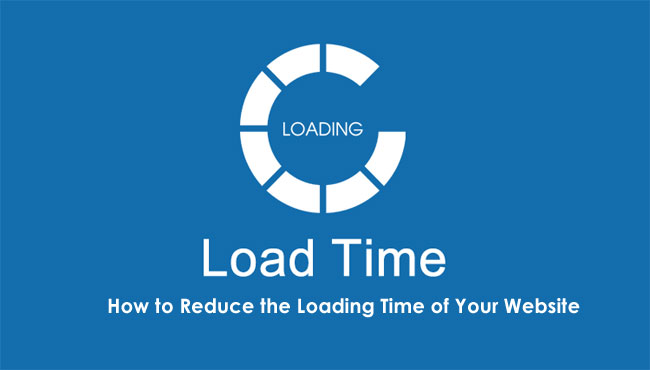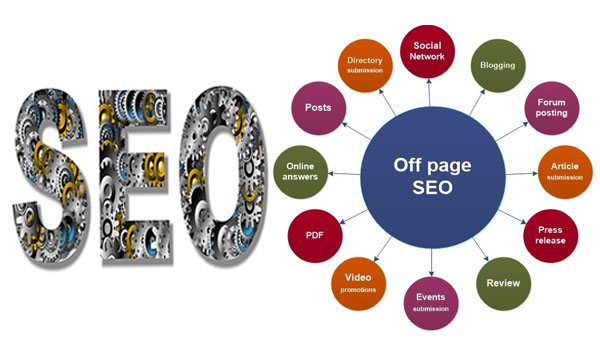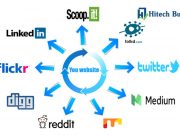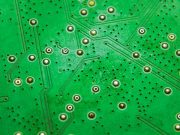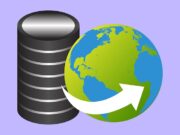Are you looking ahead to being a data scientist? How to switch from data analyst to data scientist? It is one of the most common issues faced by many people nowadays. Are you thinking the same? Have you come to a transition point in your career where you feel you need to improve your analytical skills or play a significant role like data scientists? Everyone in their life has those moments. Although some are given the right guidance and opportunity through the right Data Science course tutorial, some are miserably failing. This blog will be your best companion on the transitional career path if you are one of those aspiring professionals trying to shift careers from a data analyst to a data scientist.
Before diving into the career transformation track, let’s start with things: What is a data analyst? Who is a data scientist? What considerations and steps should be taken to turn a career into a data scientist?
What is Data Analytics?
Data analytics is how practitioners gather, analyze, and extract unique perspectives from structured data (i.e., in a standardized format). The ultimate objective is to empower decision-making. While data analytics is indeed a specialist position, they are only one discipline in the broader data science sector. Have you taken a Data Analyst course with the best training institute and now want to move to Data Science? Then know how to change from your current profession exactly.
What is Data Science?
Data science is a wider scientific field, where data analytics is only a single aspect. Data scientists typically use broad, unstructured (or structured) data sets. While a data analyst tends to conclude current data, a data scientist concentrates on how this data is collected and which data is to be collected first. You should have a much broader understanding of information than a data analyst requires.
Things to note before becoming a Data Scientist
Here are a few essential things to consider before making a career shift from a data analyst role to a data scientist position.
- Work with the right skilled people: By collaborating with a diverse team, mainly where people around you are more qualified, you can gain more knowledge. Identify and interact with the right talent pool as you shift your work to the field of data science.
- Do practice in your current role: Even if you consider a career change, it is necessary to start practicing your present position skills. You mustn’t think that you are too old to be a data scientist. As the field of data science demands impeccable analytical thinking and problem-solving skills, you can start training today in your role as a data analyst for a future role in data science with the data available in your organization.
- Improve your model development skills: You will have to develop your model-building abilities and outstanding mathematical abilities. It helps you work with others to solve difficult problems. The best way to learn your necessary data science skills is to address real-life issues and to discuss various projects with data engineers and other experts.
- Learn to become a market leader: You must distinguish between being employed by the best company and moving to data science. Consequently, you must learn the skills needed for your place in the industry. In reality, you can improve your chances of being hired for your dream job if you can use different data tools and resources to solve an organization’s problems.
With the tips above, you will change to data science in your mid-career successfully.
Steps to make the transition into Data Scientist role
The data analyst’s transformation to the data scientist is not a linear step in starting your career as a data analyst and becoming a data scientist. To ascend the performance ladder as a data scientist, you need to take a set of realistic steps and resources. Here is the 3-step method to successfully move from data analyst to data scientist –
Step #1: Understand and practice a data scientist’s job
You should identify the key difference between a data analyst’s profile and a data scientist succinctly and straightforwardly to be a good data scientist. You would have to bring a whole new approach and perspective to interpreting data like a data scientist. A data analyst can only describe patterns and correlations. In contrast, a data scientist must disclose further business questions and develop machine learning models to respond to those data-based questions.
Step #2: Master the Art of Coding
As a data analyst, you do not have advanced programming or coding skills because you only identify useful data trends in an enterprise to forecast your company’s future growth. However, a few analysts can participate in the daily tasks of coding. Still, it is limited to the clean-up and standardization of company data. It is essential to be a data scientist with the ability to code. As a data scientist, you must play with data as and when appropriate in various programming environments.
Step #3: Improve your skills in math and model building
You would have to write algorithms from scratch, which require a profound understanding of linear algebra and calculations. So, advanced mathematics is an utter necessity to understand the functioning and processing of a machine learning algorithm. With a factual mathematical basis, it will help you understand the essence and the accuracy of the machine learning model. Even if you use predefined libraries, it is essential to understand the calculations behind the scenes before applying them to the business issue.
You need to build up models by collaborating with your colleagues and other data scientists to solve complex business problems, apart from making maths your mate. It allows you to explore and test your model-building skills.
Final word
Over the years, the need for data scientists has increased in organizations, and the opportunity for career development as a data scientist has been unrivaled. More organizations recognize the value of analyzing data to boost business growth. A career shift in data science would certainly be worthwhile if it is adequately prepared.







